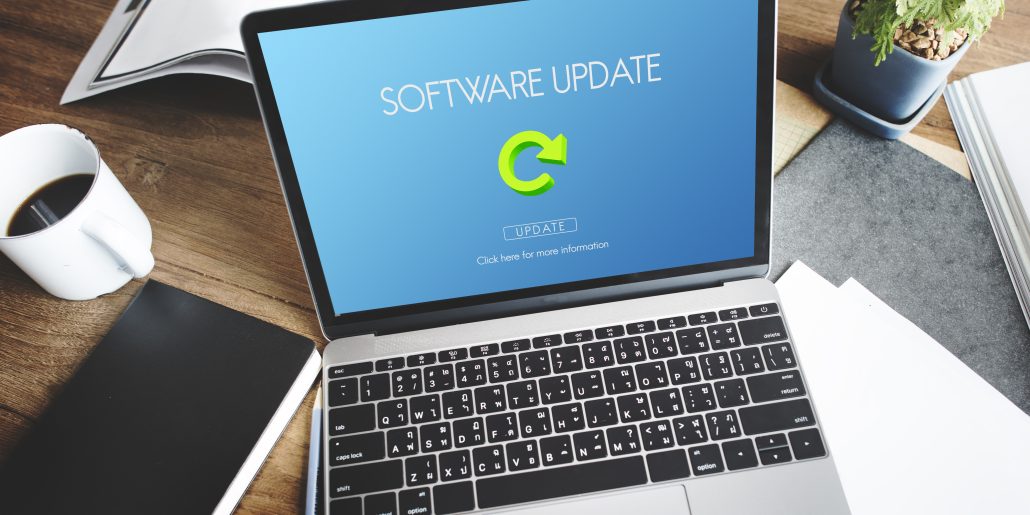2021 Has Broken the Record for Zero-Day Attacks
In the world of cybersecurity, multiple types of cyberattacks exist. One of them is a zero-day attack. Many professionals in the cybersecurity profession are surprised that 2021 broke the record for zero-day attacks. Here we define this form of attack and explore ways to minimize them.
Zero-day attacks exploit the vulnerability of parts of an application that require patching. Such parts of the software are hidden from the public. When such areas become publicly known, the attacks happen.

On the other hand, a zero-day vulnerability is a susceptibility in software that attackers have discovered before, and the developer is unaware of. So, attackers might exploit that window to hack into the software, creating the zero-day exploit.
When these zero-day attacks occur in your small or medium-sized business, they can cost you lost revenue and reputation. Furthermore, they can cripple your business if you are not prepared to act quickly. Unfortunately, these attacks have increased rapidly, with 2021 breaking the record.
Let’s take a closer look at these issues whose background is entrenched in the two-edged sword of technology. While technology has many positives, zero-day attacks and vulnerabilities are the other sides of the coin.
Software Vulnerabilities
Most software has some vulnerabilities, and anybody can discover them, from hackers, software vendors, researchers, security companies, or even users.
Should the vulnerability be discovered by hackers, they will try to keep this exploit a secret for as long as possible and only circulate it among their ranks. Finally, the software vendor and/or security firms will become aware of the breach and the areas it is targeting.
If the attacker spots the software vulnerability before the parties involved can mitigate it, they will create an exploit quickly and use it to hack the system. This attack will most likely succeed as the other parties are not aware of the vulnerability and have not put any defenses in place. For this reason, zero-day attacks pose a very severe security threat.
Attacks will mainly include web browsers that are commonly targeted for their ubiquity, Email attachments and different file types like Flash, PDF, or Word.

An Example of Zero-Day Attacks
- Stuxnet
Stuxnet is a computer virus that targeted manufacturing industries in Indonesia, India, and Iran. It mainly focused on Iran’s Uranium enrichment plants in a quest to disrupt its nuclear program. There were zero-day vulnerabilities existing in some software used in programmable logic controllers.
The software runs on Microsoft Windows, and the worm hacked the Programmable Logic controllers through vulnerabilities in the Siemens Step7 software. It caused the PLCs to do a series of unexpected commands on assembling machinery. The controls then sabotaged the centrifuges that separated the nuclear material.
- Zero-Day Vulnerability
In this case, there is no antivirus or patch in place to ward off Zero-day exploits. The vulnerabilities are therefore not easily detectable. However, there are some ways to detect previously unknown software vulnerabilities.
Vulnerability Scanning will detect some of the Zero-day exploits. Security software sellers will offer vulnerability scanning options and solutions. They can simulate an attack on software code, then conduct reviews and figure out any new vulnerabilities resulting from updates.
- Zoom Webcam Hijack Attack
A Zoom camera for a user is highjacked, targeting a vulnerability in the popular web conferencing software used to switch on participants’ web cameras as they accept the invitation request to a zoom meeting. Mac users using Zoom are still at risk from this vulnerability.
The vulnerability is associated with the localhost web server and has been a big problem for Zoom causing a lot of headaches and trust issues.

Best practices to prevent Zero-Day attacks
While it’s impossible to mitigate all the risks associated with Zero-day dangers and vulnerabilities, you can take actions and steps to lower the risk. Here are some of the steps.
- Keep your Software Up-to-Date
Out-of-date software is more susceptible to Zero-day attacks and vulnerability. You will be safer with updated software.
- Get Solutions Immediately
As soon as a Zero-day vulnerability is announced, get to work looking for a solution. Put into effect the patches that software sellers will recommend.
- Don’t Underrate the Threat
Cybercriminals never sleep, looking for new security holes to exploit. They want to not just get into your system, but they also want to access your databases. The move could open your employees and customers to identity theft, ransomware, and bank fraud. So, take Zero-day threats seriously.
- Use Artificial Intelligence
Make use of Artificial Intelligence to help you find Zero-day attacks in real-time. Some companies will create AI (Artificial Intelligence) based on your business identity anomalies and network. In this way, your company will receive alerts on Zero-day attacks as they happen.
Final Thoughts
You will do well to make sure your security operations team is prepared to stop and deal with Zero-day attacks and vulnerabilities in real-time. Train team members to discover and avert zero-day attacks. You can also help your medium-sized company by equipping it with real-time AI technology. As a small or medium-sized business owner, your company must accept that vulnerabilities exist. Cyber attackers should not however be allowed to get to into your business. Contact us to see how we can help, we will protect your data and safeguard your business from Zero-day attacks.


